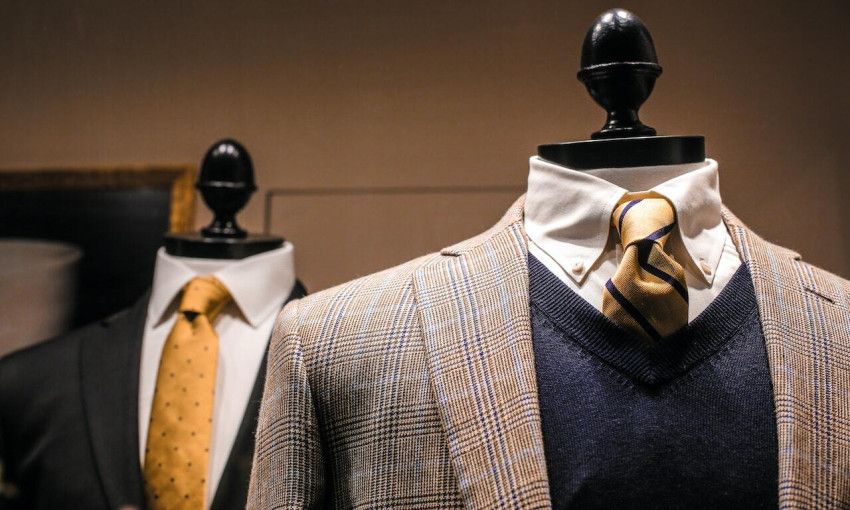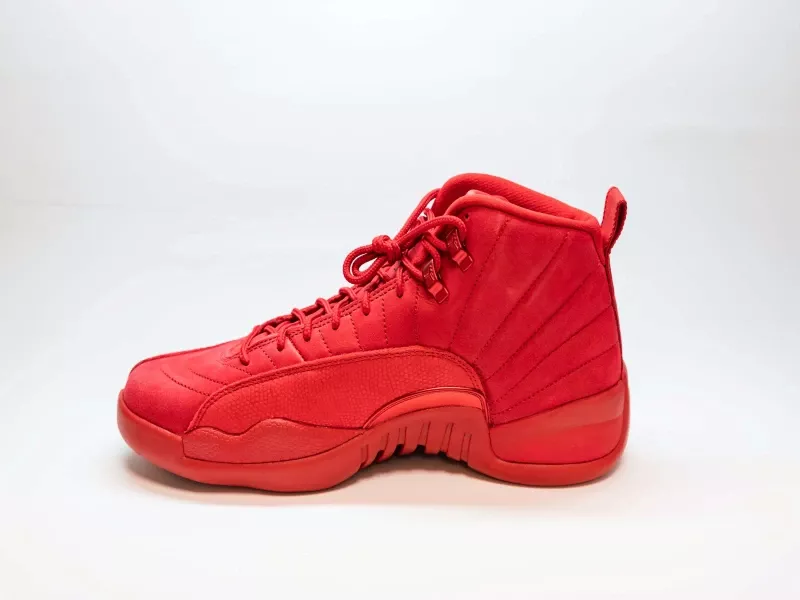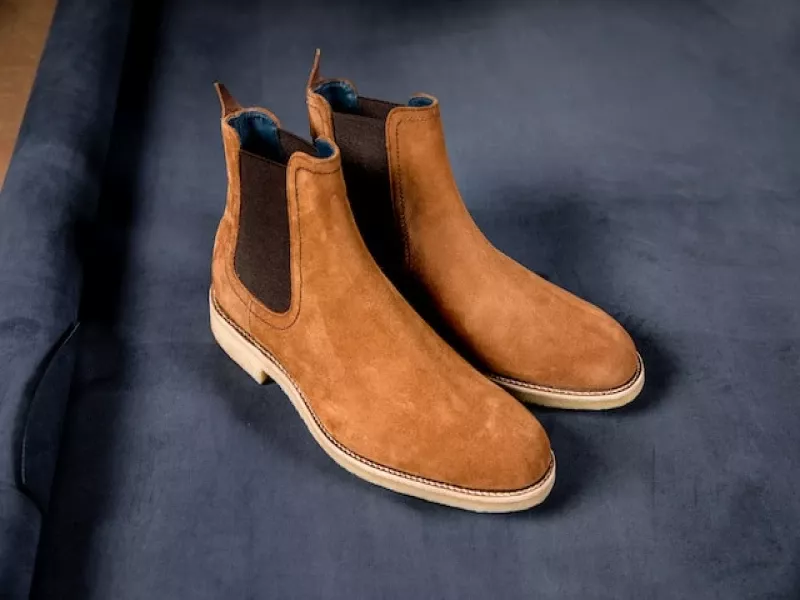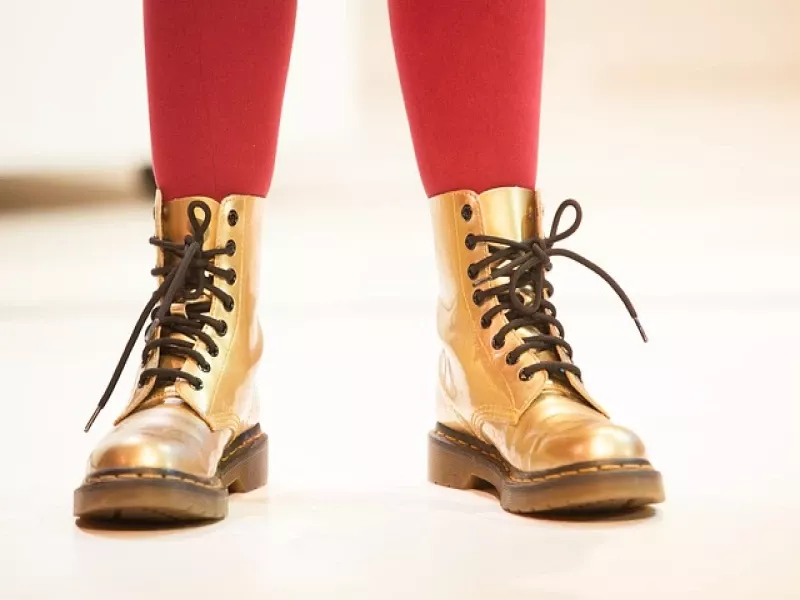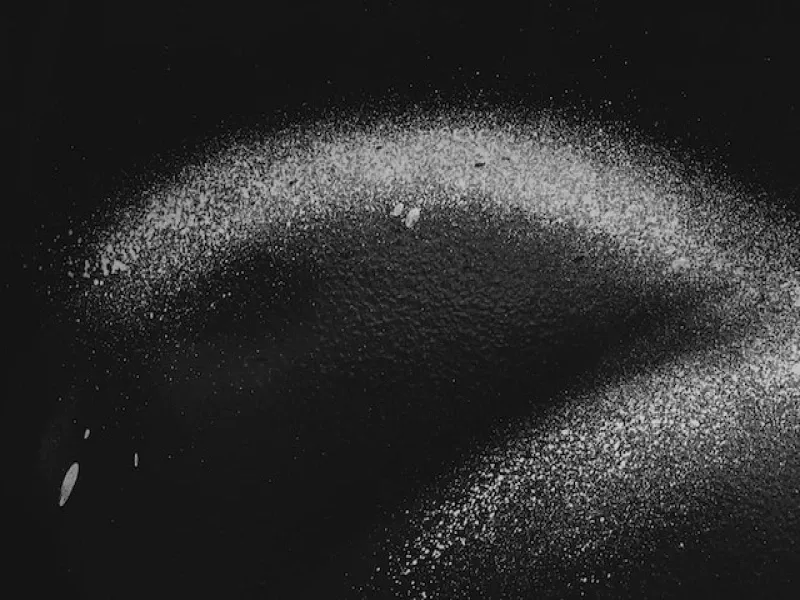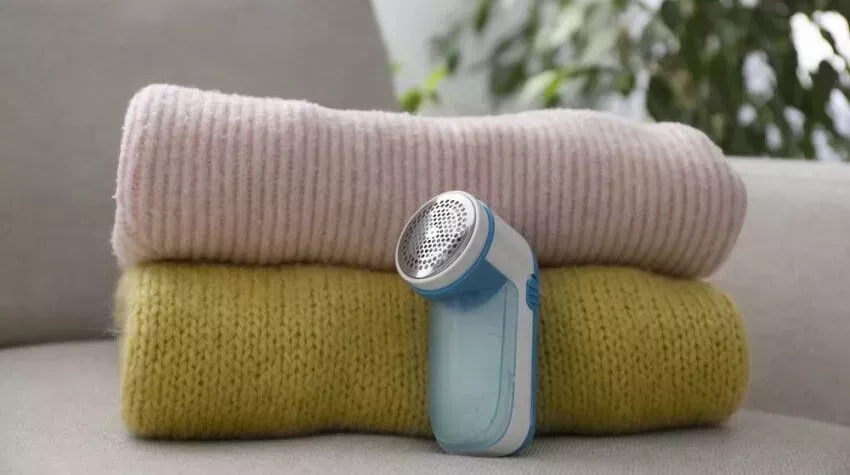
20 Tips to prevent and remove lint and pilling from clothing
It seems inevitable: sooner or later your clothes are going to experience lint and pilling. In many cases this is a sign of old age but sometimes it also happens quite soon with new clothes. In either case, this is very annoying if you don't want to part with your clothes. Fortunately, you won't have to do so! You can easily remove lint and pills to make your clothes look like new again.
Unfortunately, when your clothing develops lint on the fabric, the garment loses its luxurious appearance. The first stage is lint, the next is pilling. It is very unfortunate when you see this happen to your favorite garment. Fortunately, there are steps you can take to remove the lint and/or pilling from your clothing. Better yet, you can take action to prevent the future formation of lint and pilling. Want to know how? Then read on quickly to learn all our tips and tricks on how to prevent and remove lint and pilling on your clothes!
What exactly is pilling? Where do those puffs of fluff on your clothes come from?
Pilling are the fluffy balls that seem to stick to your clothing. They occur as a result of friction on the fabric. The pellets are even more visible on your clothes than normal lint is and therefore very annoying. First, your clothes get a kind of thin, fluffy layer over them in the affected areas. Then the fibers of the fabric are wrapped around each other, so to speak, on the surface. The most common places where pilling occurs are those that experience the most friction. Thus, you often find the first signs under the armpits, on the elbows and on the neck. This is also often the case at the seat area of dresses and skirts, for example.
In addition to the damage caused by regular wear, the biggest risk to lint-free clothing are the washing machine and the dryer. This is because there is a lot of friction during washing and drying. The clothes are spun around countless times during this process. In the process, the clothes rub against each other and but also against sharp objects such as zippers.
How much your clothing will fluff and how quickly this occurs depends mainly on the material it is made of. For example, a wool coat is much more susceptible to pilling than a shirt made of bamboo fibers. Polyester, acrylic and viscose are also very sensitive fabrics that are prone to linting.
How can you prevent lint and pilling on your clothes?
In a moment we are going to tell you the best way to remove lint and pilling from your clothes. However, prevention is better than cure! You can never completely prevent the formation of fluff and pilling on your clothes. However, it is possible to significantly reduce the likelihood of pilling and its amount. With the following tips, you can significantly contribute to this.
1: Buy quality clothing
The very first step in preventing pilling is to buy quality clothing. By this we mean clothes that are made using natural fibers. This is because natural fibers break down from the material of the clothing. Not only does the lint then fall off on its own, so to speak; the ones that remain are much easier to remove. This is because in the case of synthetic fabrics, the lint and pills are more firmly attached to the garment.
2: Prevent lint by using special laundry bags
Even before you put the clothes in the washing machine, you can take measures to prevent lint and pilling. As we discussed earlier in the blog, lint occurs as a result of friction. Now of course a lot of friction takes place in the washing machine. This happens not only between the garment and the washing machine, but also with the different garments among themselves. Think of the friction of the fabrics against each other but also any "sharp" objects, such as the zippers of your pants and vests. To avoid as much friction - and thus lint and pilling - as possible, it is best to wash lint-sensitive clothes in a laundry bag. You'll find that clothes you wash in a laundry bag stay nice longer.
3: Prevent lint by washing clothes inside out
As has already become clear, preventing lint has everything to do with avoiding friction. In addition to using a laundry bag, you can also wash clothes inside out. This does cause the lint to end up on the inside but you should be able to take this for granted. After all, it is much less disturbing to get lint on the inside of your clothes than on the outside. We also recommend this if you already use a laundry bag: taking extra measures can never hurt! Washing clothes inside out also helps to preserve the color of the fabric.
4: Prevent lint by following the care label
It seems very obvious but few people pay attention to the care label. So you are definitely not alone if you throw your clothes in the wash without looking at it. That's okay, we are all guilty of it to some extent! That's why we'd like to give you a reminder. The laundry label is that forgotten piece of fabric on your garment that tells you, among other things, how hot to wash it. This prescription helps you keep it beautiful for as long as possible by minimizing lint. So you better follow it from now on: the manufacturer knows what she's talking about. So no more immediately cutting out the label when you bring the garment home!
5: Prevent lint with anti-lint detergent
Even before throwing the clothes into the washing machine, we can first look at which detergent is best to add to it. These days, in fact, there are more and more specialized detergents on the market. For example, there is now also a detergent available that helps against lint! This anti-lint detergent helps to protect clothes from lint and pilling. Therefore, it is an excellent addition to your range of anti-lint measures.
6: Prevent lint with an anti-lint laundry ball
Because the washing machine carries so much risk of lint, you can use all the help you can get here. Therefore, as prevention, add at least one or two anti-lint laundry balls to your washing machine's drum. The worst lint from your clothes will stick to these. This also helps prevent lint - as well as pet hair, for example - from "jumping" from one garment to another.
7: Prevent lint with white vinegar in the washing machine
One of the possible causes of pill formation is a high lime content in the water. This is also known as hard water. To "soften" the water, you can add a splash of natural vinegar (60 ml) to the washing machine during washing. This will also make it harder for the lint to stick to your clothes. So if you haven't been able to find the anti-fluff detergent - or just don't have it in the house right now - you can use vinegar as well.
8: Prevent lint by using the right wash cycle
Selecting the right wash cycle also sometimes goes wrong. Many people do not know exactly how to wash which fabric. In fact, it is often unknown what the actual composition of the garment is: is it made primarily of cotton or polyester, for example? By following the washing label, you will probably find out. Most washing machines have their wash programs categorized by what type of material to wash. For example, there is often a wool program to wash your wool sweaters with.
9: Prevent lint by not using the dryer
The dryer is absolutely off limits for lint-sensitive clothes. A lot of friction takes place in here as a result of the rotation of the dryer. Of course, this is the ideal place for the formation of lint and pills on your clothes - which is exactly what we don't want. It is therefore better to dry your clothes on a clothesline. In summer, your clothes will dry in no time if you hang them outside. In winter, of course, this will take a little longer. Do you really need your favorite shirt tomorrow? Then you can still throw it in the dryer, but in a laundry bag! This will counteract the worst of the friction.
10: Prevent lint by putting wool clothes in the freezer
Got a free space in the freezer? Then put your new wool sweater in there! No, we haven't gone crazy. By putting your wool sweater in the freezer overnight you reduce - albeit temporarily - the chances of lint. Place your wool garment in a plastic bag in the freezer and leave it there overnight. A nice side benefit of this trick is that it also makes wool clothing less static. What the freezer is all about!
How can you remove clothing lint and pills?
Now that you know how to prevent them, you can take them into account in the future. But what if it's already too late and your favorite clothes are already covered in them? How to remove pills and fluff in the best way we have summarized for you as well. With the collection of tips below, we give you all kinds of different techniques to remove lint and pilling. So there is guaranteed to be a suitable solution that works for you.
1: Take your clothes to the dry cleaners
In this blog, we want to give you mostly solutions that you already have in your home or can get in your home. However, we don't want to skip the fact that you can also outsource the work. Dry cleaners have plenty of experience in turning a lifeless garment into one in perfect condition. Although dry cleaning does cost some money, you are guaranteed to get the desired results. Are you looking for ways to remove the lint and pilling from your clothes from home? Then read on, we have more than enough DIY techniques ready for you.
2: De-piller / lint clipper
As you can see, this handy item has been given different names. The lint clipper is sort of an upgraded version of tip 7. With a lint clipper, you easily shave the lint off your clothes. Compared to tip 7, the risk of damaging your clothes is minimal. This is because there is a handy protective cap that protects the fabric from the blades. Nevertheless, we recommend that you proceed with caution. You do this by placing the garment on a flat surface and not pressing too hard with the fluff thief. If you ask us, this is the best solution for fluffy clothes you can get in the house. Nowadays they are very easily available: you can find them in many stores that sell household items.
3: Remove lint with a lint brush
The lint brush is great for removing loose lint. It is a brush with a velvet piece of fabric that the lint easily sticks to. You roll the lint brush over the garment in the same direction each time to make sure the lint sticks to it. When all the lint is collected, you can then easily remove it from the brush by running your hand over it in the opposite direction. In the area of stuck lint such as pills, a lint brush does not work ideally. In that case, you're better off using a de-piller, for example.
4: Remove lint with a debris stone and clothes roller
In this technique, you first loosen the lint from the clothing. You do this by gently rubbing the fabric with a rubble stone. The lint will stick to the rough surface of the rubble stone. Next, grab the clothes roller. Like the lint brush, you use the clothes roller, as the name implies, by rolling it over the clothes. The sticky tape ensures that loose lint will adhere to it. Thus, you will see the lint disappear before your eyes.
5: Remove lint with packing tape
This is actually the budget version of the above tip. You can wrap some tape around your fingers or hand to imitate the action of a clothes roller. Of course, it will be a lot less effective. In addition, depending on the severity of the lint, you may have to use new tape several times. If you do not have any of the above and it is an emergency - we would definitely try it. In this case, simply: something is better than nothing!
6: Remove lint with (nail) scissors
Sometimes your garment has a lot of lint and pills only in certain places. In this case, you can easily treat these individually. You do this using a pair of (nail) scissors. Make sure you place the garment on a flat surface. Then you can carefully cut away the lint and pellets you see on top of the fabric. If you use scissors, you can hold them horizontally across the surface of the garment. This way you can avoid any mishaps.
7: Remove lint with a razor blade
Is lint removal in high need and you don't have a lint clipper in the house? Then you can try shaving off the lint yourself. However, you have to be very careful for this and take into account that some fabrics can withstand this better than others. Therefore, always test this out of sight first, such as on the inside of the garment, just to be sure. First of all, lay the garment on a flat surface and pull it slightly taut. You should avoid any wrinkles or folds in the clothing where a blade might get stuck. Then gently go over the fabric with the razor blade until the lint is gone.
8: Remove lint with a shoe brush
Good for shoes but also for clothes: get that shoe brush out of the closet. In this case, though, we're talking specifically about a rubber shoe brush for suede shoes. With the rubber shoe brush, you rub the garment in one direction. This way, you brush away most of the pills with ease.
9: Remove lint with a rubber glove
Almost everyone has a rubber cleaning glove in their home. It may not be the most effective solution but you can get pretty far with it. Put on such a glove and then rub your hand over the affected fabric. The texture of the gloves will significantly reduce the lint.
10: Remove lint with a dryer sheet
You're probably already familiar with the fact that a dryer sheet helps freshen and soften your laundry. Maybe you also already knew that it causes your clothes to become less static. But did you know that it also helps remove (and prevent) lint on your clothes? Rubbing your clothes with a dryer sheet can get rid of a lot of that pesky lint.
Read more
Curious about more fashion tips? Check out our other blogs!
- The history of sneakers
- How to care for your jeans
- Ankle boots for women for every day
- How to polish your shoes the right way
- How to combine flat shoes with a dress of skirt
- How to pair boots with a dress
- 10 helpful tips against sweating
Get inspired, compare and purchase clothes and shoes safely and easily online at Dressed.com.
11 Tips to keep jeans looking great longer
How should you wash synthetic clothing?

